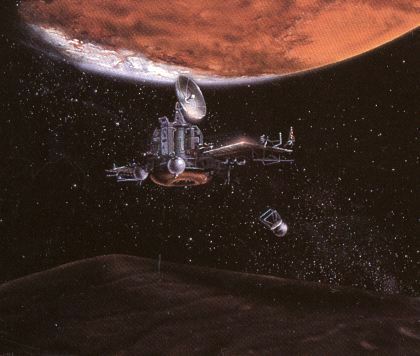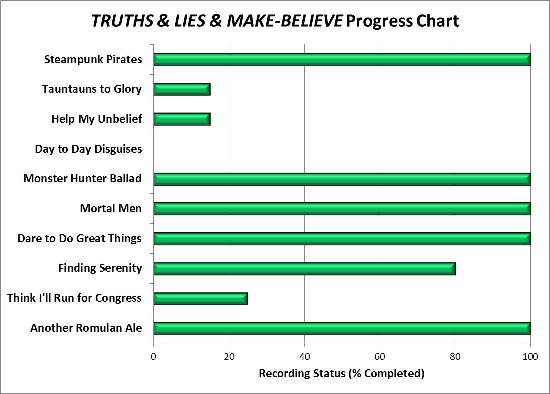Twenty-five years ago today — July 12, 1988 — the Soviets launched the second of two Mars orbiters atop a Proton K rocket out of the Baikonur Cosmodrome.

(Artist’s conception of Phobos. NASA image from Wikimedia Commons.)
Phobos 2 followed close on the heels of Phobos 1, which was launched a few days earlier but eventually lost power and did not reach Mars. Phobos 2, however, reached the Red Planet and operated in Martian orbit for several weeks.
Phobos 2 operated nominally throughout its cruise and Mars orbital insertion phases, gathering data on the Sun, interplanetary medium, Mars, and Phobos. Shortly before the final phase of the mission, during which the spacecraft was to approach within 50 m of Phobos’ surface and release two landers, one a mobile `hopper’, the other a stationary platform, contact with Phobos 2 was lost. The mission ended when the spacecraft signal failed to be successfully reacquired on 27 March 1989. The cause of the failure was determined to be a malfunction of the on-board computer.
The controversy surrounding the loss of Phobos 2 is that some UFO enthusiasts have conjectured that Phobos 2 did not simply fail, but was attacked by an alien spacecraft. I won’t provide links here, but if you search online you’re sure to find sites describing the incident — including images of what is supposed to be the attacking ship or the weapon itself.
I’m not sure why the Phobos mission would warrant such interference when so many subsequent missions have succeeded without incident; maybe the aliens left the scene, or are just very selective in what space probes they choose to destroy.

















